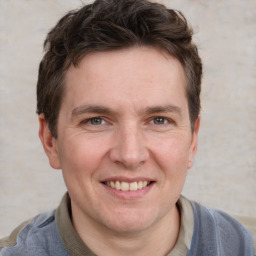Roncaglia
Roncaglia Diets
The Roncaglia Diets were two councils summoned by Frederick Barbarossa in 1154 and 1158, near the city of Piacenza. The objective was to reaffirm the supremacy of imperial power according to the corpus iuris civilis and to counter the growing power and prestige of medieval communes over feudal ones.
Historical Context
Roncaglia had already been the site of several diets convened by emperors or their vicars since the 10th century. At that time, the city of Pavia had played the role of capital of the Lombard Kingdom, but Roncaglia had taken its place thanks to its strategic position at the crossroads of several communication routes, both land and water, and to the relative ease of encampment.

Participants in the Diets
The two Roncaglia councils were attended not only by imperial representatives, but also by delegates from municipal authorities, in some cases even the consuls themselves, papal emissaries, prelates, and German and Italian feudal lords.
Identification of the Location
The actual identification of the Roncaglia location that hosted the diets has been subject to debate. According to some reconstructions, they were hosted in what would become Roncaglia, a hamlet of the municipality of Piacenza. According to other studies, the Roncaglia venue for the diets was located west of the city, in an area called so because it was on both sides of the Po River.
Conclusions
The Roncaglia Diets were an important moment in the history of the Holy Roman Empire and in the struggle between imperial power and medieval communes. Roncaglia was a fundamental location as a place of convocation for many imperial diets. Today, the precise identification of the venue is still subject to study and research among historians.
